With the rise of AI-generated content, ensuring How to Check if Paragraph Sounds Like AI and original has become essential. Whether you’re a content creator, student, or business owner, checking your writing for AI-like traits can help maintain credibility and authenticity. This article highlights the importance of identifying AI-written text and provides a comprehensive list of 20 tools and websites to help you analyze your paragraphs.
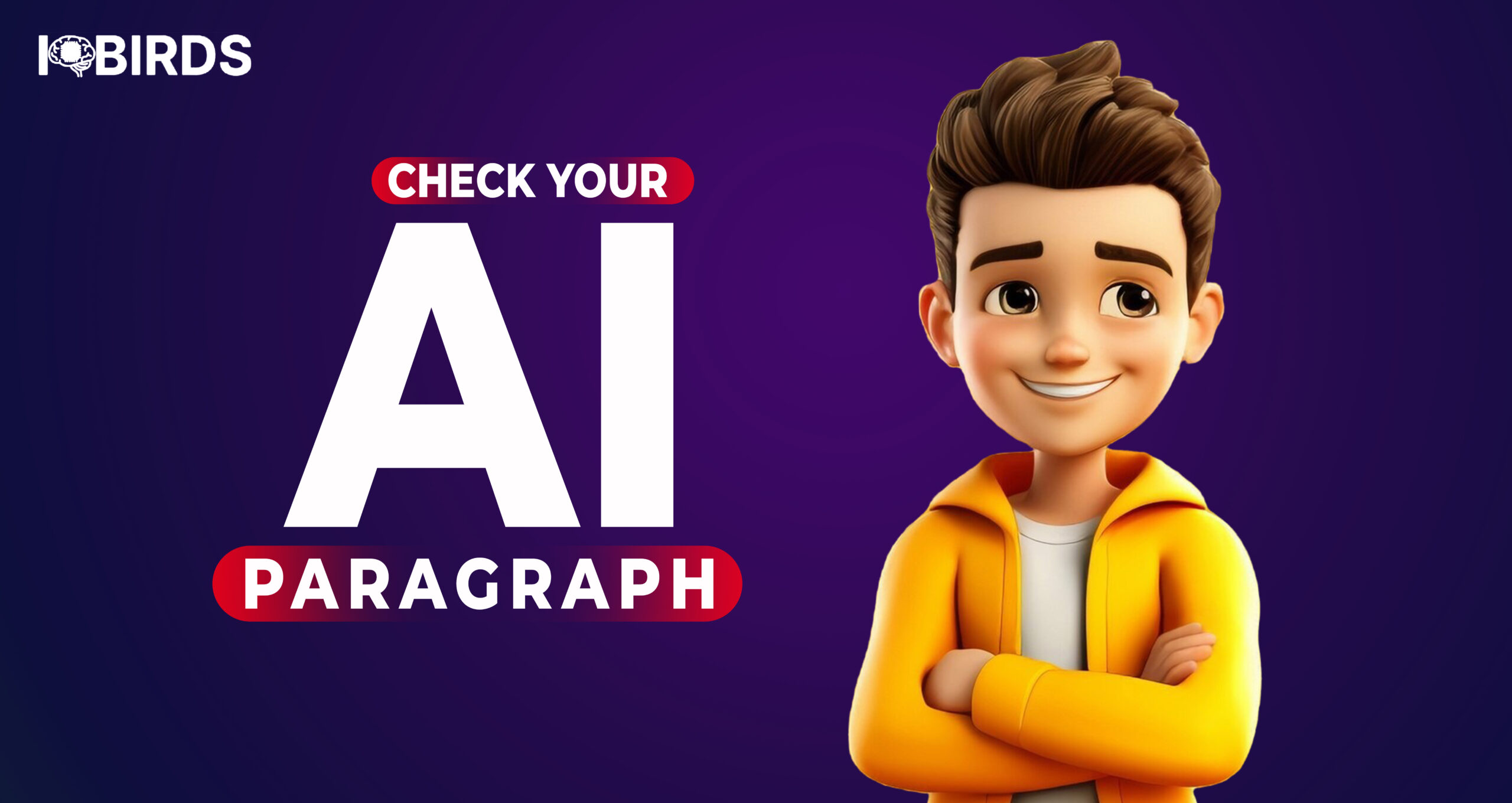
How to Check if Paragraph Sounds Like AI?
1. Content Authenticity
Readers trust human-written content for its nuance and relatability. AI-generated text often lacks emotional depth or unique perspectives.
2. SEO Considerations
Google prioritizes content that feels authentic and useful. AI-written content may fail to meet these standards, risking penalties.
3. Academic Integrity
In educational settings, AI-detected writing could be considered plagiarism or unethical.
4. Professional Writing Standards
Businesses and organizations may prefer original writing over AI-generated text for branding and tone consistency.
What AI Checker Does UGA Use?
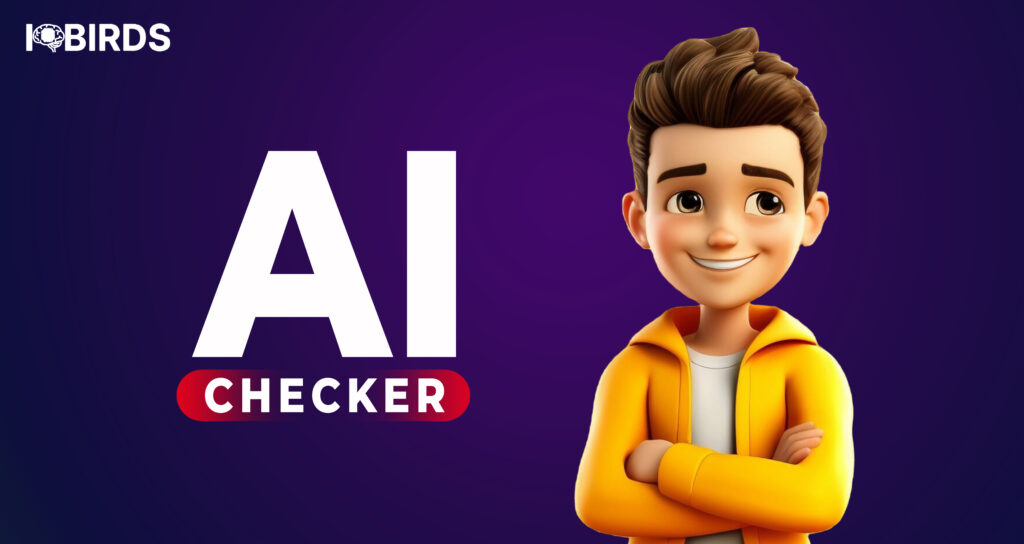
The University of Georgia (UGA), like many academic institutions, is committed to maintaining academic integrity. To address the challenges posed by AI-generated content, UGA employs tools that help identify such content in student submissions. While specific tools may vary depending on departments and faculty preferences
UGA has integrated Turnitin, a widely trusted plagiarism detection tool, across its academic programs. Recently, Turnitin added AI writing detection capabilities, specifically designed to identify content generated by AI models like GPT-3 and GPT-4. The tool provides a percentage score indicating how much of the content is likely AI-written.
Key Features:
- Flags AI-generated text within student assignments.
- Combines plagiarism detection and AI detection.
- Provides detailed analysis for instructors.
Why Turnitin?
- UGA uses Turnitin because it seamlessly integrates into their Learning Management System (LMS), such as Canvas or Blackboard, making it convenient for professors to evaluate assignments.
20 AI Detector Tools and Websites to Analyze Your Paragraphs

Here’s a curated list of tools to identify that how to check if paragraph Sounds like AI
1.Originality.AI

This tool detects AI-generated content and plagiarism, supporting GPT-4 and earlier versions. It’s tailored for SEO specialists and content creators. It offers a straightforward interface with a high detection accuracy rate.
Pros:
- Supports bulk content scanning.
- Can detect both plagiarism and AI content.
Cons:
- Requires a paid subscription.
2. Copyleaks AI Content Detector

Copyleaks identifies AI-written content and integrates with various platforms. It supports GPT-4 detection and provides a comprehensive report. if you want to take a break overview here is the copyleaks ai content detector detail article to read.
Pros:
- User-friendly interface.
- Multilingual support.
Cons:
- Limited features in the free version.
3. Writer.com AI Content Detector

This tool helps content creators analyze text for AI-like traits. It’s integrated into Writer’s broader content optimization tools, making it great for marketing teams.
Pros:
- Offers suggestions to improve tone and readability.
- Perfect for marketing and branding.
Cons:
- Not a standalone detector; part of a larger suite.
4. GPTZero
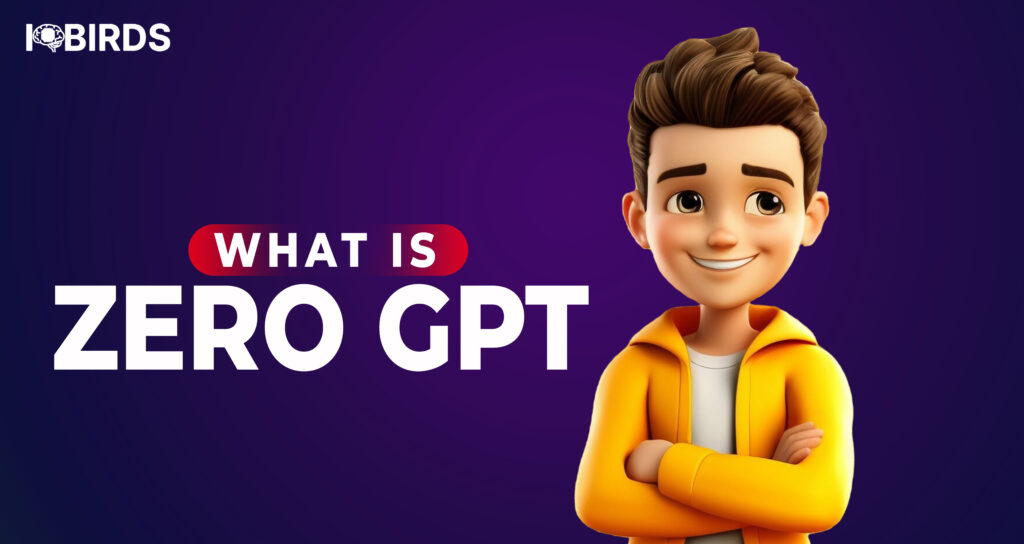
Built for educators, GPTZero focuses on detecting AI content in academic submissions. It provides perplexity and burstiness scores for a detailed analysis. please take a detaild overview here about GPTZero
Pros:
- Free to use for educators.
- Highly accurate for academic writing.
Cons:
- Limited interface customization.
5. OpenAI Text Classifier
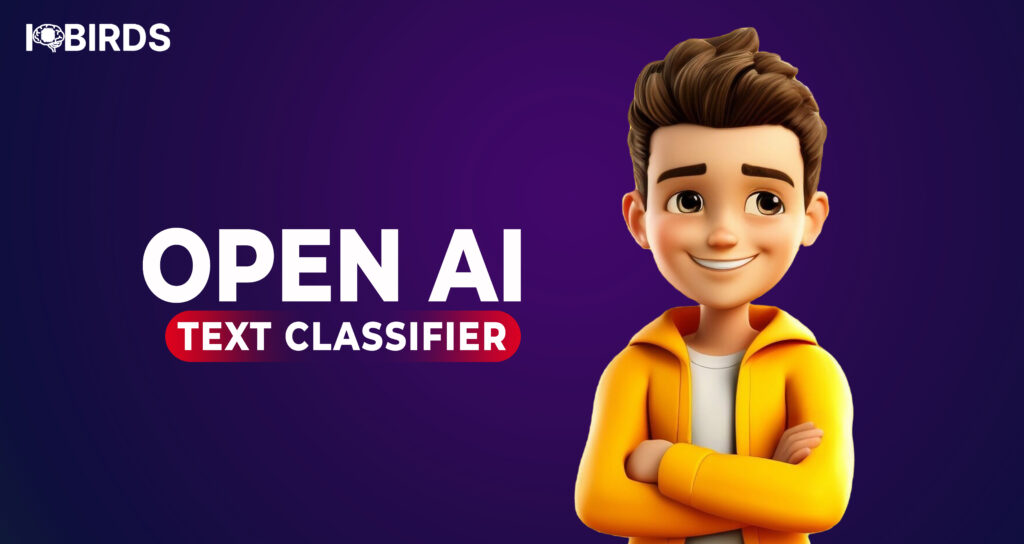
As an official tool by OpenAI, it detects if content is written by GPT-based models. It’s straightforward and reliable for recent AI text detection.
Pros:
- Developed by OpenAI, ensuring credibility.
- Free to use.
Cons:
- Struggles with short or highly edited texts.
6. Content at Scale AI Detector
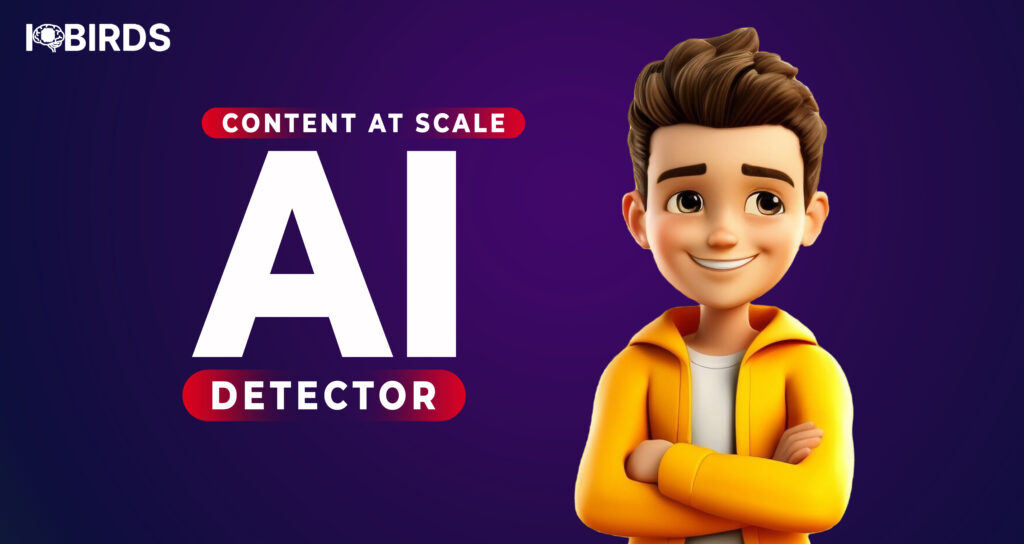
Aimed at bloggers and marketers, this tool provides advanced detection for SEO content. It highlights AI-written patterns and offers actionable insights.
Pros:
- Tailored for SEO-focused content.
- Offers additional content improvement tips.
Cons:
- Expensive for small-scale users.
7. Hemingway App

While primarily a readability enhancer, it helps detect robotic or overly complex sentences, indirectly identifying AI-written content.
Pros:
- Improves readability and flow.
- Easy-to-use interface.
Cons:
- Doesn’t directly detect AI; focuses on readability.
8. Quillbot Plagiarism Checker

Quillbot combines paraphrasing with plagiarism and AI detection, helping users refine their text for originality.
Pros:
- Multifunctional tool for students and writers.
- Affordable pricing plans.
Cons:
- May not detect subtle AI patterns effectively.
9. Turnitin AI Detection

Designed for academic institutions, Turnitin detects AI-generated text in student assignments, ensuring academic integrity.
Pros:
- Trusted by schools and universities.
- Integrates with plagiarism detection.
Cons:
- Requires institutional access; not available to individuals.
10. Sapling AI Content Detector

This real-time AI detection tool is designed to help refine and humanize text during the writing process.
Pros:
- Works in real-time as you type.
- Great for professional correspondence.
Cons:
- Limited standalone features.
11. AI Writing Check
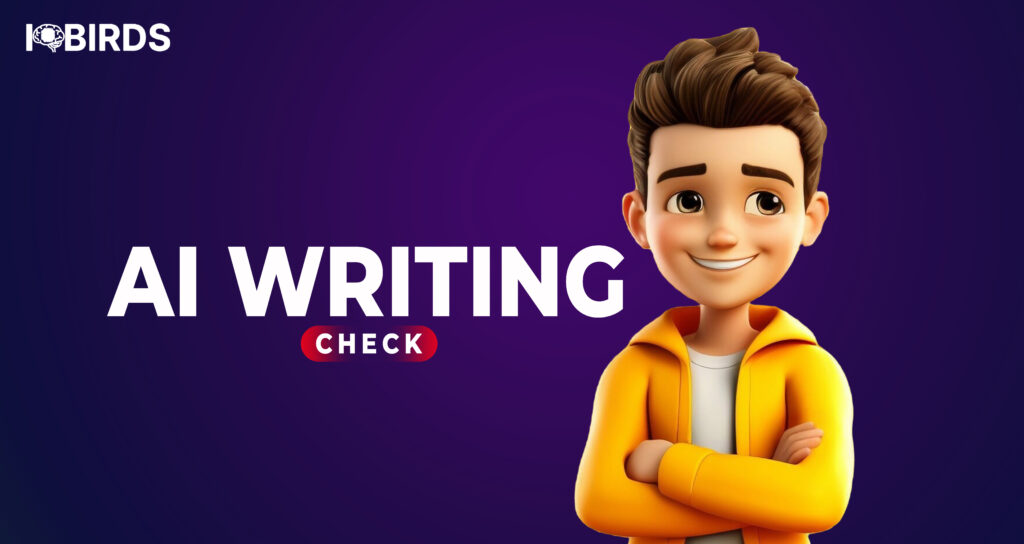
Focused on educators, this simple tool flags AI-generated text from GPT models quickly and effectively.
Pros:
- Free and easy to use.
- Requires no account setup.
Cons:
- Basic detection capabilities; lacks advanced features.
12. Grammica AI Content Detector
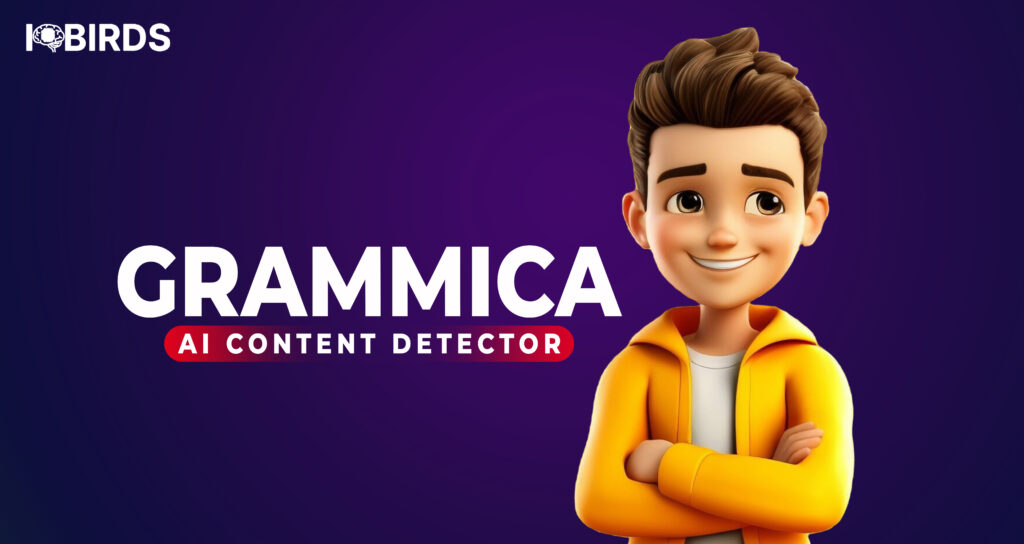
Grammica offers a balance of grammar correction and AI detection, making it suitable for writers aiming for polished content.
Pros:
- Combines grammar checks with AI detection.
- User-friendly design.
Cons:
- Limited in detecting advanced AI-generated content.
13. Smodin AI Content Detection

Smodin highlights AI-written patterns and suggests alternative phrasing to make text sound more human.
Pros:
- Offers AI rewriting suggestions.
- Affordable for freelancers.
Cons:
- Detection accuracy can vary.
14. Paraphraser.io AI Detector
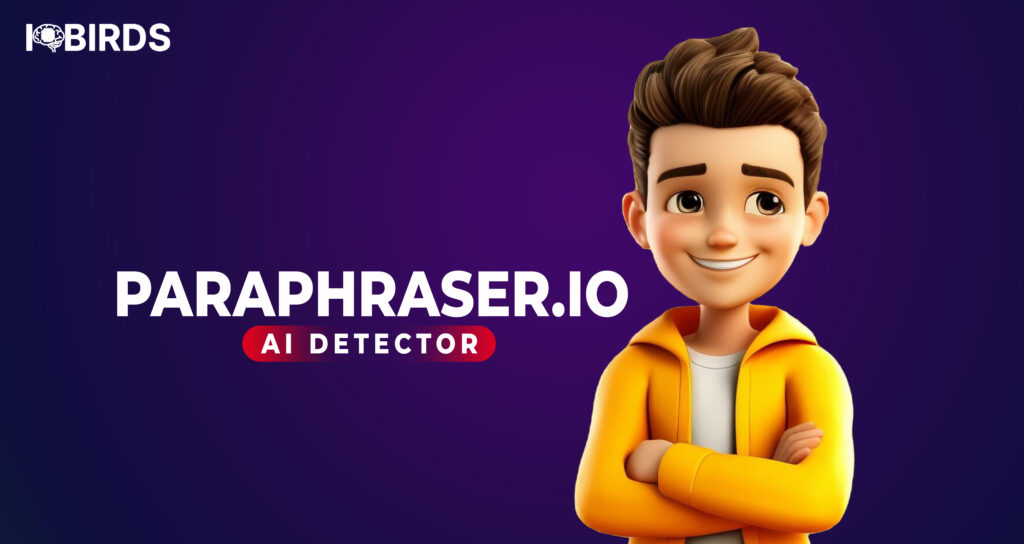
This tool is primarily a paraphrasing tool but includes AI detection to flag generated content and ensure originality.
Pros:
- Affordable pricing plans.
- Easy integration with other tools.
Cons:
- Lacks in-depth AI detection reports.
15. PlagiarismDetector.net
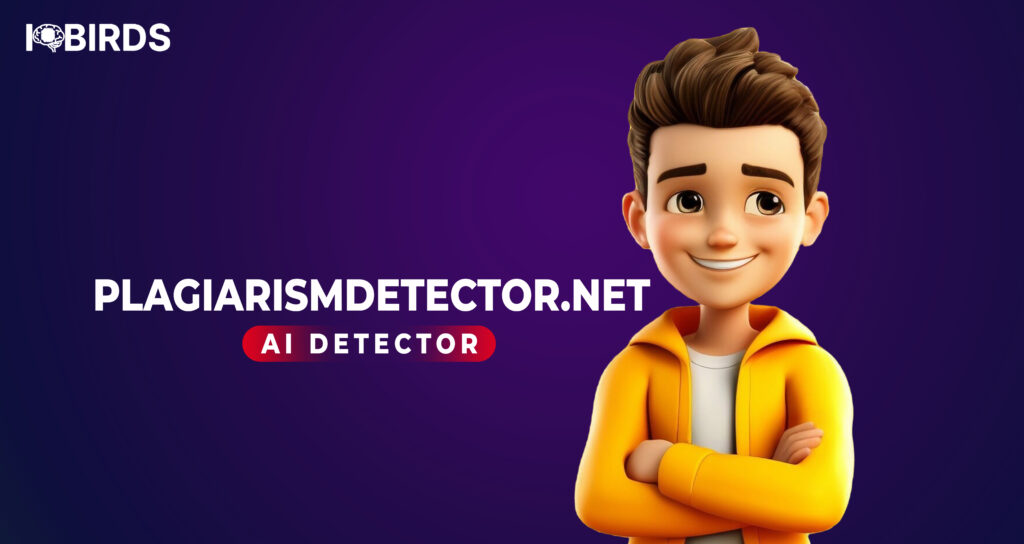
This tool combines plagiarism and AI detection, offering a comprehensive approach for students and professionals.
Pros:
- Dual functionality.
- Free version available.
Cons:
- Can be slow for lengthy texts.
16. ZeroGPT

Specialized in detecting GPT-based AI writing, ZeroGPT provides detailed analysis and AI influence scores.
Pros:
- Accurate for GPT-3 and GPT-4 detection.
- Simple and intuitive.
Cons:
- Limited support for older AI models.
17. DetectGPT
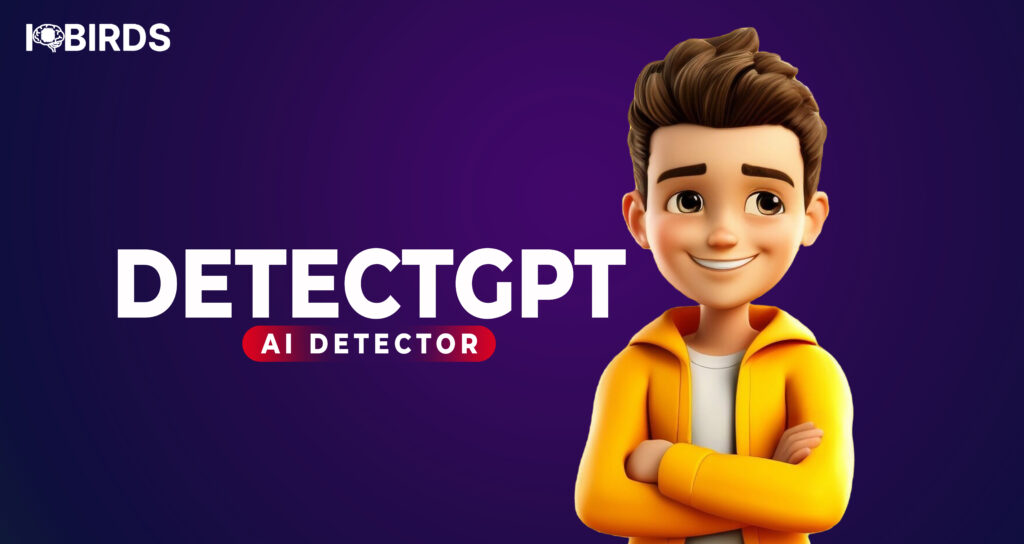
Using perplexity and burstiness metrics, DetectGPT flags AI-generated patterns effectively, ideal for advanced users.
Pros:
- Detailed analysis reports.
- Advanced metrics for tech-savvy users.
Cons:
- Steeper learning curve for beginners.
18. AI Detector Pro

A premium tool offering in-depth AI content detection, designed for businesses and agencies requiring high accuracy.
Pros:
- High precision for professional use.
- Supports batch processing.
Cons:
- Expensive for individual users.
19. Crossplag AI Detection
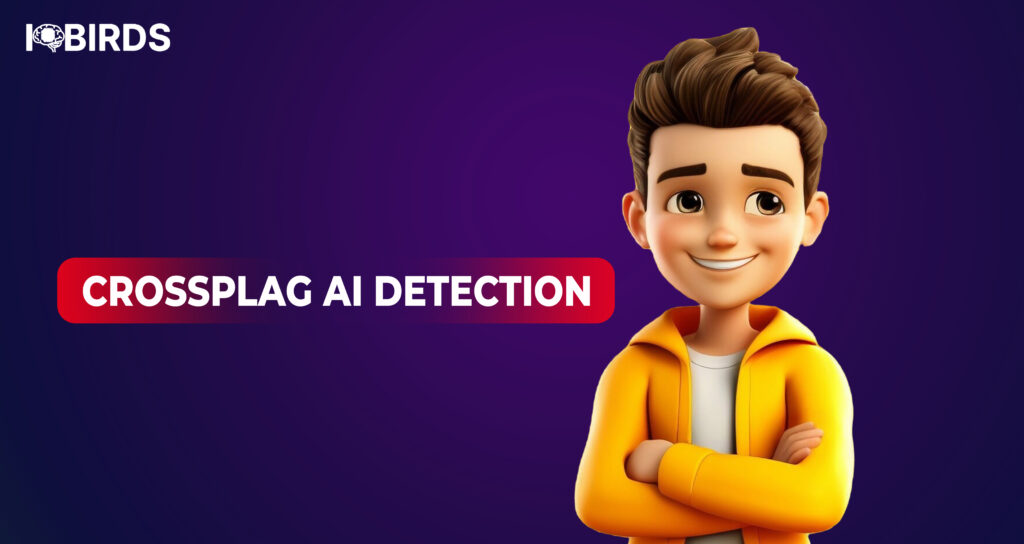
Targeted at educators and researchers, Crossplag ensures originality by identifying AI-written content in academic papers.
Pros:
- Trusted for academic purposes.
- Simple and efficient interface.
Cons:
- Limited to academic-style content.
20. GLTR (Giant Language Model Test Room)

GLTR visualizes AI-generated text by analyzing word prediction patterns, providing a graphical representation of likely AI-generated areas.
Pros:
- Highly detailed visual insights.
- Perfect for researchers.
Cons:
- Complex for non-technical users.
How to Use These Tools Effectively
- Paste Your Paragraph: Copy your text and input it into the tool’s interface.
- Review the Results: Analyze the highlighted AI-like sections and perplexity scores.
- Refine Your Writing: Make changes to improve readability and tone if needed.
- Check Again: Re-test your paragraph to confirm improvements.
Tips to Make Your Paragraph Sound Human
- Add Personal Anecdotes: AI struggles with relatable, real-life examples.
- Incorporate Emotions: Use expressions that convey feelings and opinions.
- Use Varied Sentence Structures: Combine short and long sentences for a natural flow.
- Include Context-Specific Details: Mention specific examples, dates, or locations.
- Avoid Overuse of AI-Generated Phrases: Rephrase to add originality.
Conclusion
How to Check if Paragraph Sounds Like AI is crucial in today’s digital landscape. By using the tools and techniques listed above, you can ensure your writing stands out as authentic and trustworthy. Experiment with the tools to find the best fit for your needs and keep refining your content to resonate with your audience.




